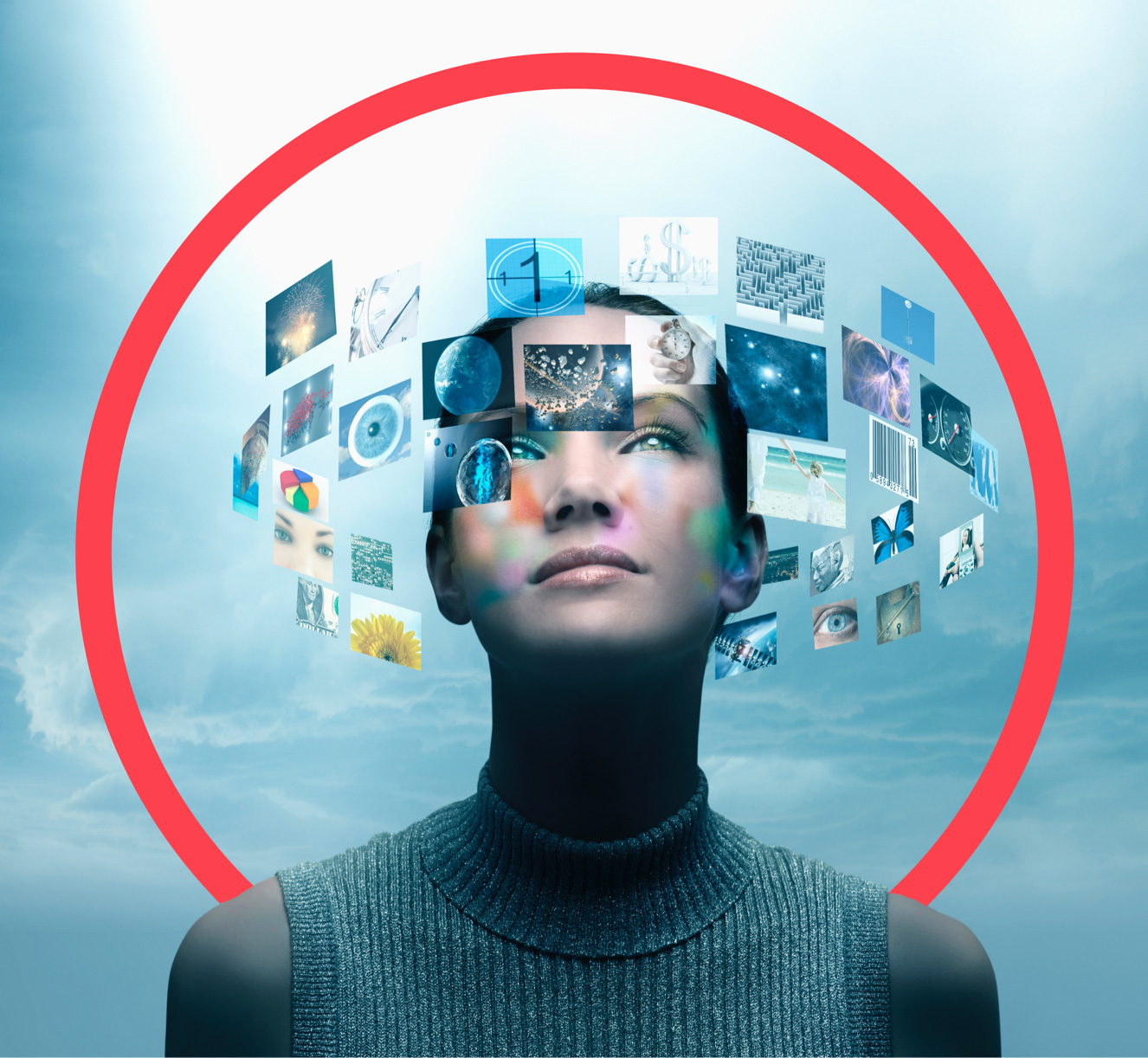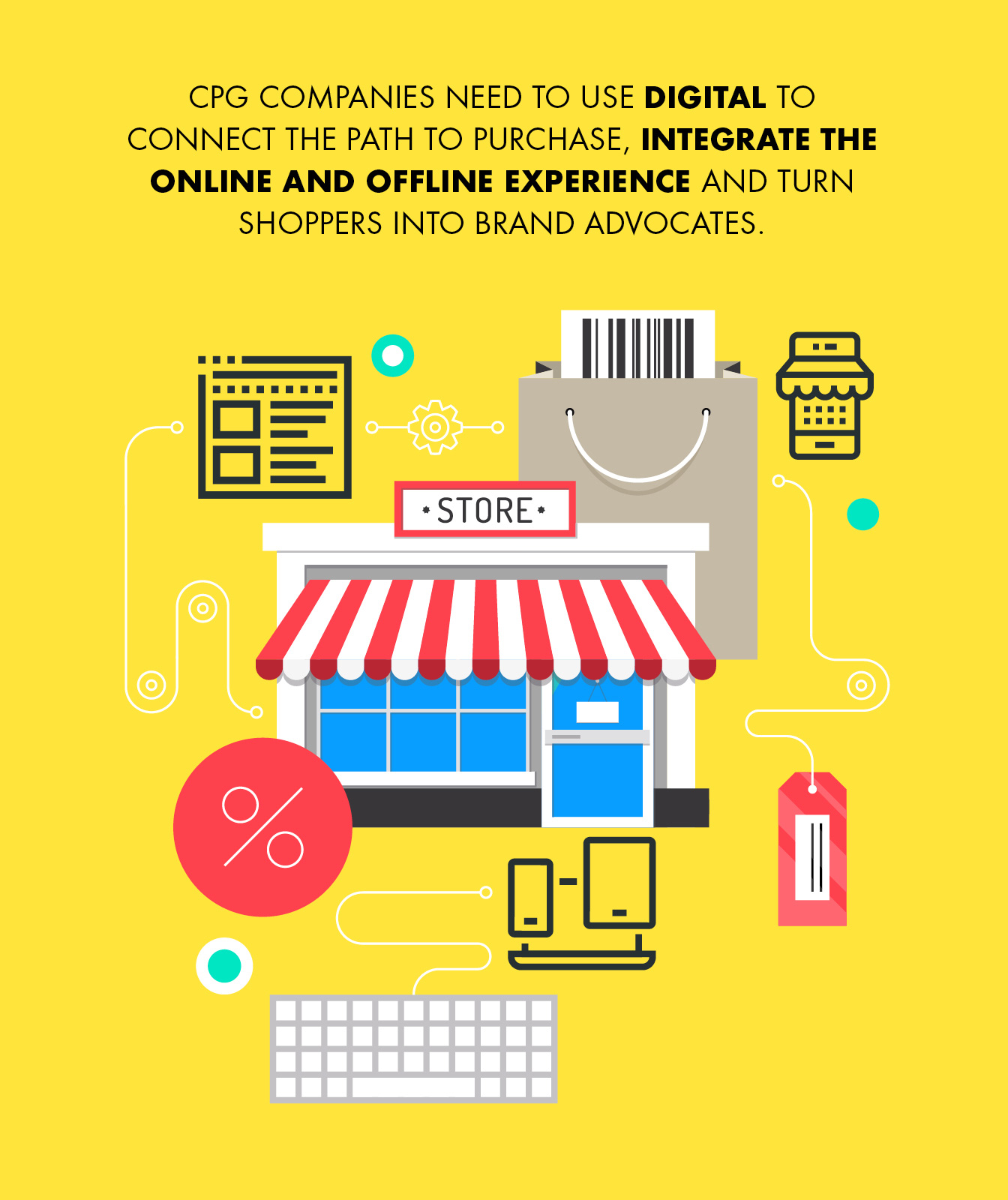COVID-19 has changed how consumers shop with greater emphasis on digital channels and new drivers of value. With consumer-decision journeys encompassing more touchpoints and increasing in complexity, shoppers will expect consumer packaged goods (CPG) companies to have a consistent presence online and offline. CPGs must deliver meaningful value to consumers to stay relevant, establish a distinct identity, and maintain market positioning. Doing so requires a holistic, full-funnel approach to commerce, including the right balance of distribution channels and tightly integrated routes to markets.
Too often, different channels are siloed across various parts of the business, serving multiple disciplines and constrained by historical organizational fit rather than following today’s omni-channel consumer. These are no longer standalone activities engaging different consumers, so companies need to shift their thinking and design strategies that focus on the consumer across the entire funnel and drive connections at all points along the journey, whether online or offline.
Marketplaces like Amazon and Alibaba are influencing the change, and they are also seizing the opportunity. With more than three in five (63%) of product searches happening on Amazon, these tech giants have contributed to a completely redefined end-to-end shopper journey. As the go-to starting touchpoint within the value chain, these companies are owning brand visibility and delivering the last mile with private labels across an array of categories.
Having a great product and solid retail partnerships is no longer enough to build and maintain strong consumer relationships given the abundance of brand choice that consumers have today. It is time for CPG companies to regain control of the end-to-end consumer journey and deliver seamless experiences that create superior value for consumers regardless of channel. So, in the wake of this new identity crisis, every CPG company must ask: How do we move from product manufacturers to one-face-to-the-consumer experience brands?









